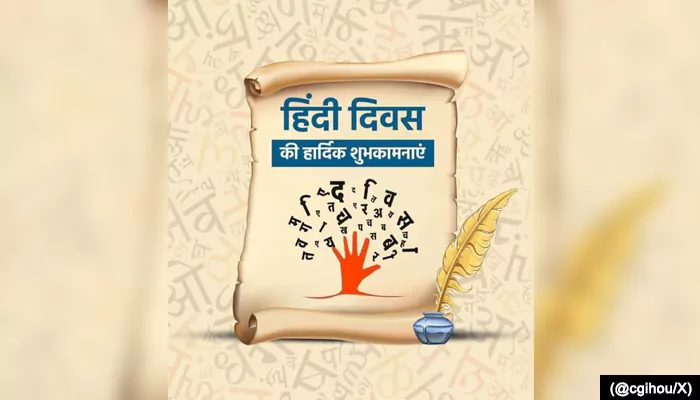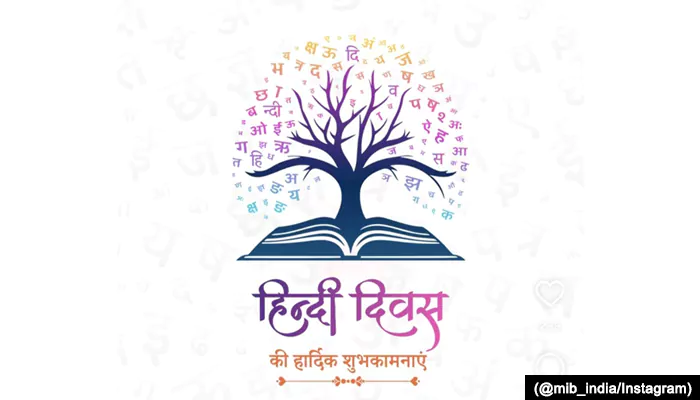
Board exam preparation can be an overwhelming task for students, especially when handling tough subjects or topics.
Memorizing vast amounts of information, understanding complex topics, and applying the knowledge in exam can create anxiety among students. However, there is a smart planning to simplify these challenges, which is mind mapping. Let's understand how you can effectively apply mind mapping during your board exam preparation.
What is Mind Mapping?
Mind mapping is simply a visual method to enhance understanding, retention, and recall of vast information. Through this method, information is organized in a visually creative way, connecting ideas, and designing them as a web of relationships. It begins with a core idea, branching out into different subtopics with subsequent details, often using colours, symbols, and images. Designed by Tony Buzan, this is a proven tool for enhancing learning efficiency, especially for subjects that require a deep understanding of connections between ideas.
Usefulness of Mind Mapping for Tough Subjects:
Mind mapping is useful because it mirrors how human brain processes and organizes vast information.
Visualize Complex Topics: Abstract concepts can be designed into smaller and manageable parts.
Enhance Memory Retention: The combination of symbols, colors, and visual connections or branches helps increasing memory.
Simplify Revision: A well-structured mind map helps to recall the entire chapters.
Promotes Creativity: The non-linear approach of mind mapping helps creative thinking with new perspectives.

Steps to Create Effective Mind Maps
Start with the Central Idea: Start with the main topic in the center of the page. For instance, if you're studying the water cycle, write "Water Cycle" at the center.
Create Branches for Key Subtopics: Draw lines pointing outward to represent associated subtopics. For the water cycle, it can be "Evaporation," "Condensation," "Precipitation," and "Collection."
Add Details to Each Branch: Expand the subtopics with more branches like Heat from the sun" and "Transformation of water into vapor” under "Evaporation".
Use Colors & Symbols: Assign different colour to each branch for better visualization. Add symbols and icons to show key points. For example, a cloud symbol for "Condensation" or raindrops for "Precipitation."
Make it Simple and Concise: Avoid making a confused mind map using keywords, phrases, or short sentences. Add missing points and remove redundant topics.
Mind Mapping for Different Subjects:
Science & Mathematics: Complex formulas, theories, and processes can be designed into easy-to-remember diagrams. For example, in physics, a mind map for Newton's laws and gravitation can be designed with applications, key formulas, and real-life examples.
History: Dates, events, and reasons can be linked smartly through mind mapping.
Literature: Design the storylines, characters, quotes and themes in novels.
Benefits of Mind Mapping During Board Exams:
Quick Revision: Mind maps provide a easy snapshot of the entire chapter, saving time during last-minute preparation.
Clarity: They help in identifying gaps and areas which need more focus.
Stress Reduction: The visually appealing structure can make your study more engaging and enjoyable.
So, grab some papers, pens, markers, and use your creativity to master the art of mind mapping and simplify the toughest subjects. All the best for your board exams!











